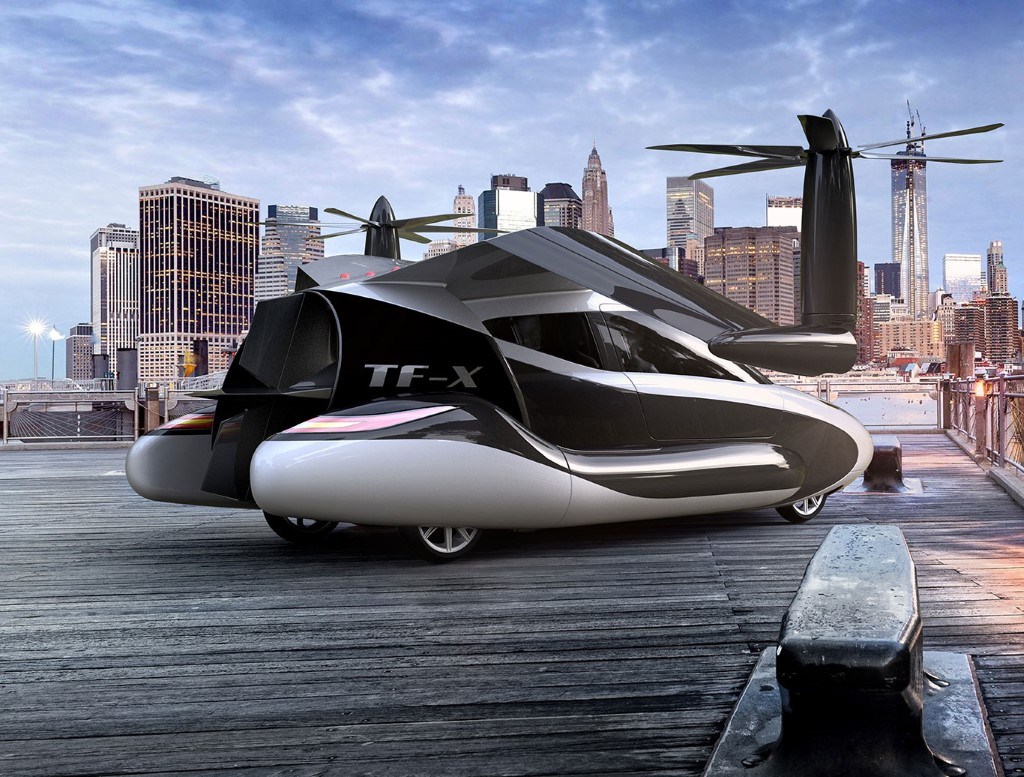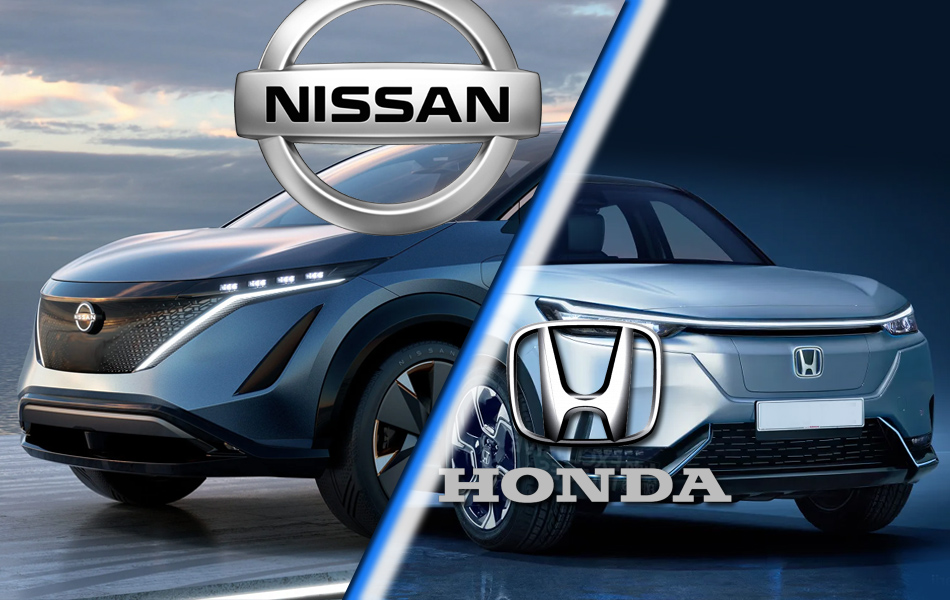As the number of cars is rapidly increasing all over the world, the desire to be stuck in traffic jams is decreasing. You’d like to take off and be in the office in a matter of minutes. Manufacturers of flying cars claim that in a few years you will be able to do just that. By now, the number of electric car concepts with vertical takeoff and landing has exceeded 700 projects from almost 350 companies around the world.
Such a crowd of people would not be engaged in a business that does not promise to become massive and profitable. So the question is not whether we will “switch” to flying cars, but when and which ones.
Model A, Alef Aeronautics
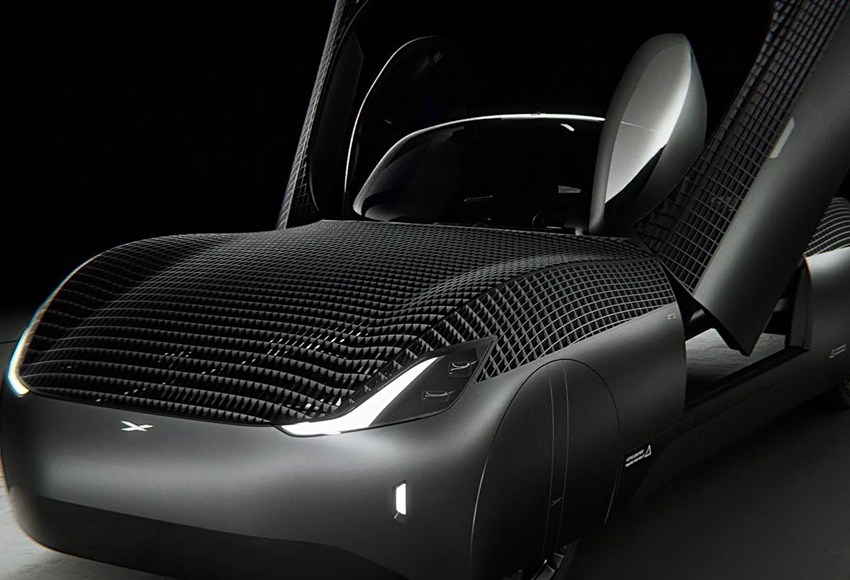
Photo: Model A, Source: https://alef.aero
The US Federal Aviation Administration (FAA) has recently authorized testing of a vehicle that can both fly and travel on roads.
Developed by the California startup Alef Aeronautics, the fully electric vehicle with vertical takeoff and landing capabilities is called the “Model A.”
The developers claim this vehicle to be the first in the world to be drivable on public roads, able to park in places reserved for ordinary cars, and fly at the same time. The car is expected to comfortably accommodate two passengers and have a road-range of 200 miles and a flying range of 110 miles on a single charge.
The estimated price of the flying vehicle will be $300,000 each with the first batch to be produced by the end of 2025. So far, the company has already announced more than 400 pre-orders. “This is a one small step for planes, one giant step for cars,” said Jim Dukhovny, CEO of Alef.
А5, ASKA

Photo: А5, Source: https://www.askafly.com
An impressive flying vehicle concept was demonstrated by ASKA at this year’s CES 2023 in Las Vegas. The company plans not only to sell its cars but also to rent them out, offering the services of a pilot – a kind of driver for an air taxi.
An ordinary person will only be able to ride inside this car as a passenger, but if you get a pilot’s license, you can use the car personally. It’s important to note that ASKA’s use in urban areas requires minimal upgrades to the current infrastructure. The car fits into a regular parking space or helipad, and the batteries can be charged directly from the city’s power grid.
The ASKA A5 model is equipped with six rather large propellers and is powered by a hybrid engine that can be refueled with regular gasoline from the nearest gas station. It’s noteworthy that the car takes off as fast as the F-18 Super Hornet military fighter jet, which takes only five seconds to do so. The hybrid power plant provides at least 30 minutes of reserve flight time. In case of emergency, the model is equipped with a special ballistic parachute that can save the entire vehicle.
In 2020, ASKA signed an agreement with NASA to expand its participation in the Advanced Air Mobility National Campaign. The company is currently in the process of obtaining all the necessary flight documents and plans to launch a commercial transportation network in 2026. However, pre-orders for the ASKA A5 are already being accepted.
V.MO. Volkswagen
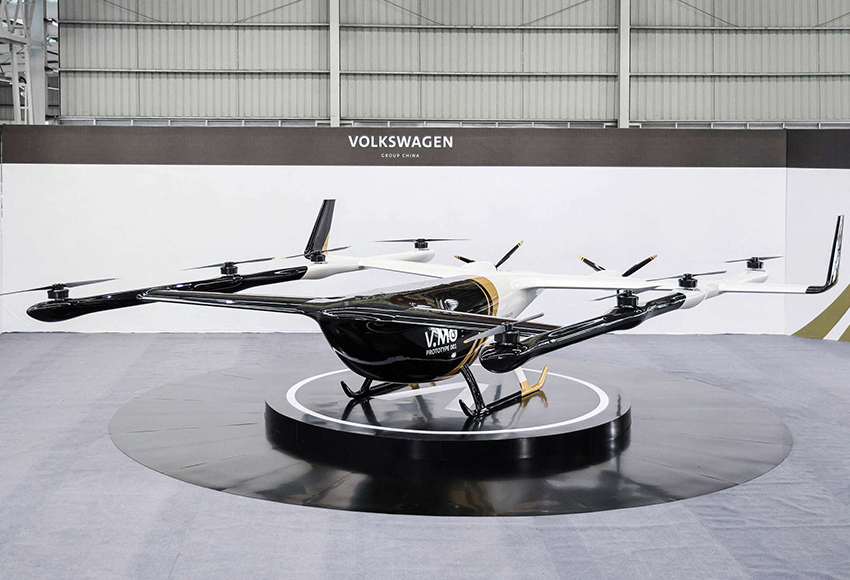
Photo: V.MO. , Source: https://www.volkswagen
The automotive giant Volkswagen also paid attention to the new technology. Last year, VW introduced its first unmanned flying taxi, V.MO, to the world. The “flying tiger” – as it was called because of its distinctive black and gold elements – became the first test model of a passenger drone, whose task is to offer consumers a qualitatively new level of individual mobility.
The autonomous flying taxi can accommodate four passengers, reach speeds of up to 200 kilometers per hour, and cover distances of up to 120 miles (200 km) without a pilot. The concept of the prototype is based on existing autonomous driving solutions and battery mobility technologies without harmful emissions.
The model has a luxurious x-wing configuration of 11.2 m in length and a span width of 10.6m, equipped with eight rotors for vertical lift and two propellers for horizontal flight. A fully operational prototype of the flying unmanned taxi is expected to be unveiled by the end of this year.
AirCar Prototype 1, Klein Vision
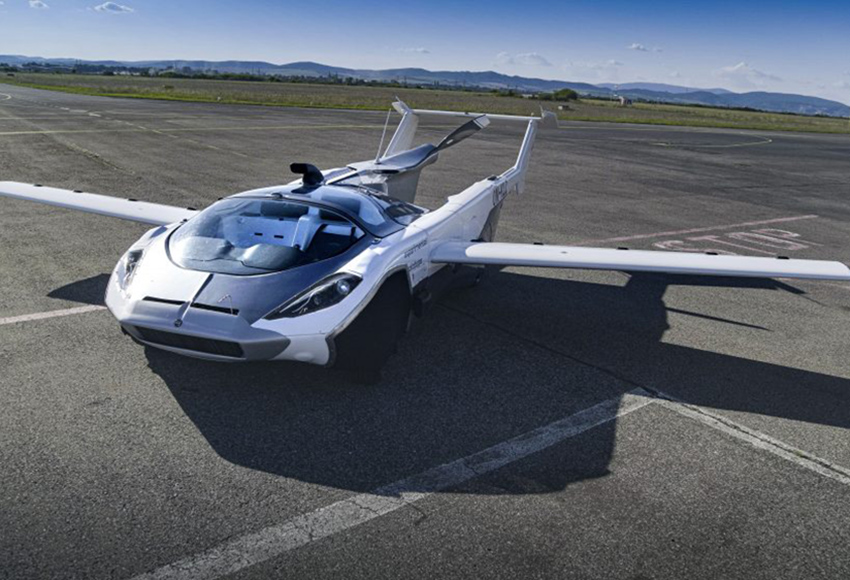
Photo: AirCar Prototype 1,Source:
https://www.klein-vision.com
The BMW-powered AirCar Prototype 1, which can convert from a car to a small airplane, has received an “official airworthiness certificate” from the Slovak Transport Authority after completing 70 hours of flight testing and more than 200 takeoffs and landings. The AirCar Prototype 1 has made numerous test flights under the supervision of the country’s Civil Aviation Authority and has been tested for stability, maneuverability and the ability to make steep 45 degree turns.
The flying vehicle made one of its first test flights back in 2021, when the prototype managed to cover the distance between the international airports in Nitra and Bratislava in Slovakia in 35 minutes. According to the Slovakian developer of the flying vehicle, Klein Vision, the prototype is equipped with a 160 hp BMW engine, a fixed propeller, and a ballistic parachute.
According to Stefan Klein, the creator of AirCar Prototype 1, the two-seater flying vehicle can reach an altitude of 2,500 meters and has a maximum cruising speed of 190 km/h.
Liberty, PAL-V
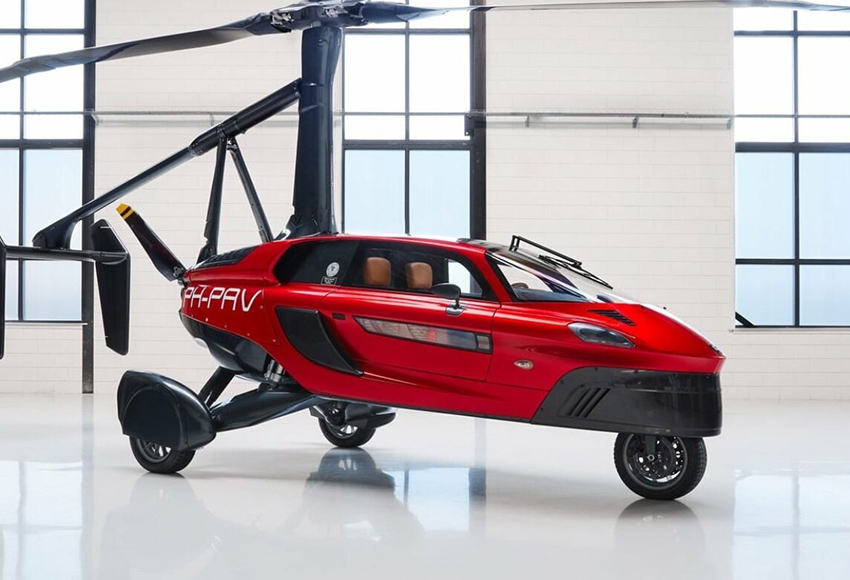
Photo: Liberty, Source:
https://www.pal-v.com
Not a single car exhibition in recent years has been held without Liberty, PAL-V. Back in 2018, the Dutch company announced the development of Liberty, and in February 2021, the flying car was fully certified by the European Union Aviation Safety Agency. Being a combination of a three-wheeled car and a gyroplane Liberty requires both a driver’s license and a gyroplane pilot license for its operation.
“The gyroplane principle not only provides us with a safe and easy to operate flying car but it also enables us to make it compact and within existing regulations, which is the most important factor to build a useable flying car,” said Mike Stekelenburg, Chief Engineer at PAL-V.
On the ground, the propeller and rotor stop and the power is redirected to the wheels, turning Liberty into a three-wheeled vehicle. This “switch” also promises easier and safer takeoff and landing. The Liberty has a high center of gravity, which makes it more stable in the air, allowing the propeller to act through a vertical center of gravity.
Gyroplanes have been severely underestimated for almost a hundred years. Today, they are gaining enormous interest from both individuals and legal entities since a small aerial vehicle is very functional and has enormous potential.
For example, in the United States, it is actively used in agriculture, for spraying fields, monitoring road situations, and for amateur flights.
The gyroplane is very fuel-efficient and runs on regular automobile gasoline. The average maximum speed of a modern aircraft of this type is about 200 km/h.
Nowadays, almost anyone can learn to fly a gyroplane. The cost of instruction and flight practice is relatively low compared to schools that offer training in flying airplanes or helicopters.
First deliveries to customers are expected in 2024.
***
Every year, the world’s lineup of flying car concepts is expanding, and the vast majority of the most famous ones are expected to be delivered as early as 2024. So, it seems that we should stock up on popcorn to watch the fierce competition between industry leaders and open a special bank account to raise money for the creation and renewal of the flying fleet.
Source: The Gaze


